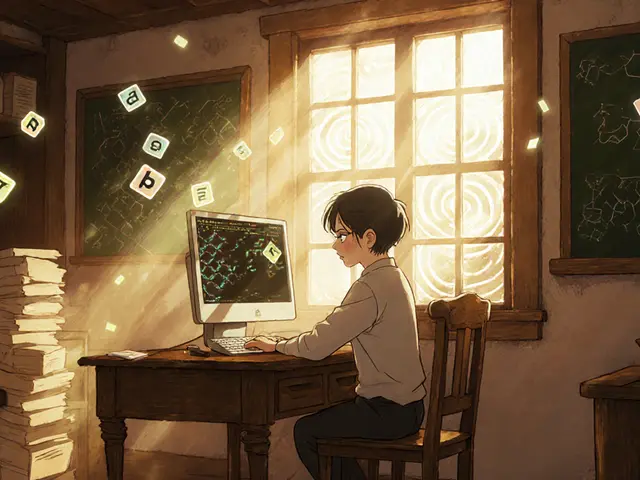Blockchain Gaming Token Guide
When diving into blockchain gaming token, a blockchain‑based coin that powers in‑game economies, lets players earn, trade, and truly own digital items. Also known as gaming crypto token, it creates real‑world value inside virtual worlds. The term blockchain gaming token shows up in every new play‑to‑earn title because it links the game to open markets and transparent rules.
Key Concepts Behind Blockchain Gaming Tokens
One core building block is the NFT, a non‑fungible token that represents a unique in‑game item such as a sword, skin or land parcel. NFTs give players provable ownership, so a rare sword can be sold on a marketplace just like a physical collectible. Another essential piece is the play-to‑earn model, a game design where players receive blockchain gaming tokens as rewards for activities. This model flips the old “pay to play” approach and lets gamers earn while they have fun. Finally, an airdrop, a free distribution of tokens to early adopters or community members often jumps the token’s visibility and jump‑starts its ecosystem.
How do these pieces fit together? A typical blockchain gaming token encompasses NFTs for unique assets, requires a solid tokenomics plan to balance supply and demand, and benefits from airdrops that jump‑start community growth. For example, a new adventure game may release a limited‑edition NFT chest, reward players with tokens for completing quests, and then airdrop extra tokens to early beta testers. That chain of actions fuels user acquisition, creates liquidity, and builds a sustainable economy.
Tokenomics is the rulebook for how many tokens exist, how they’re released, and what incentives drive player behavior. Smart contracts enforce these rules without a central authority, meaning the game can’t arbitrarily change reward rates. When tokenomics are transparent, investors and players can predict long‑term value, which in turn attracts more developers to build on the same platform. This virtuous cycle is why many projects publish detailed token‑allocation charts alongside their whitepapers.
In practice, you’ll see these ideas pop up across the articles below. Some pieces break down how a specific airdrop works, others compare exchange fees for swapping gaming tokens, and a few dive into the security side of NFT ownership. Together they give you a full picture of how blockchain gaming tokens operate, why they matter, and what to watch for when you join a new game or consider an investment.
Ready to see real‑world examples, deep dives, and actionable tips? Scroll down to explore the curated collection of posts that cover everything from airdrop guides to tokenomics analysis and security best practices.
5
What is Shockwaves (NEUROS) Crypto Coin? A Full Guide
A clear guide to Shockwaves (NEUROS) crypto coin, covering tokenomics, AI gaming features, market stats, risks, and FAQs.
Latest Posts
Popular Posts
-
 What is Privix New (PRIVIX) Crypto Coin? Facts, Price, and Risks in 2025
What is Privix New (PRIVIX) Crypto Coin? Facts, Price, and Risks in 2025
-
 What is Bitgert (BRISE) crypto coin? Full breakdown of the blockchain, tokenomics, and real-world performance
What is Bitgert (BRISE) crypto coin? Full breakdown of the blockchain, tokenomics, and real-world performance
-
 What Is Collateralization in DeFi? A Clear Guide to How It Works and Why It Matters
What Is Collateralization in DeFi? A Clear Guide to How It Works and Why It Matters
-
 Xena Exchange Crypto Exchange Review: Professional Tools vs. Regulatory Risks
Xena Exchange Crypto Exchange Review: Professional Tools vs. Regulatory Risks
-
 What is LUXO (LUXO) crypto coin? The truth about the luxury authentication token
What is LUXO (LUXO) crypto coin? The truth about the luxury authentication token
Tags
- crypto exchange
- cryptocurrency
- crypto exchange review
- meme cryptocurrency
- blockchain
- cryptocurrency compliance
- Binance Smart Chain
- CoinMarketCap airdrop
- underground crypto Nepal
- crypto airdrop guide
- crypto staking
- Bitcoin mining Iran
- airdrop
- Ethereum staking
- GENIUS Act
- liquid staking
- cryptocurrency exchange security
- crypto
- crypto airdrop
- crypto regulations


